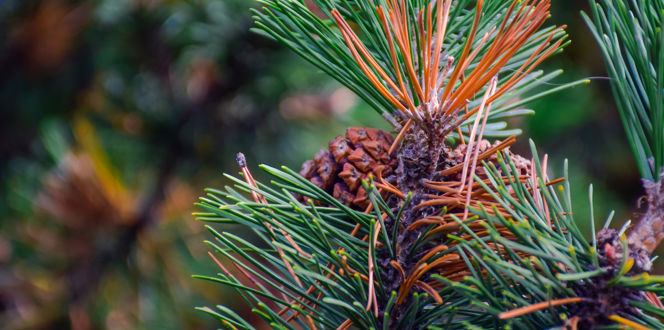Arborvitae Leafminer Description:
Arborvitae or cedar leafminers are larvae of small, silver, and tan moths. The larvae are small, brownish-black caterpillars that burrow into the leaves of plants. Moths emerge in late spring or early summer and deposit eggs on the leaves. The larvae then feed on the leaves through the fall and winter seasons into early spring.
Hosts:
This insect attacks cedar and arborvitae shrubs.
Biology & Symptoms:
The leafminer larvae tunnel inside the leaf tissues of the plant, causing them to turn brown and defoliate prematurely. Damage in the spring is easier to spot due to the appearance of untimely browning or dryness. Damage is generally more common on the lower and interior portions of the canopy. Larger trees and hedges typically lose their aesthetic value and their effectiveness as a screen, and cedars may become more susceptible to spider mites and gradually decline if not treated.
Arborvitae Leafminer Management:
Damage can be minimized with insecticide applications in the spring and fall. Mulching and watering cedars during dry seasons can be beneficial, as well as regular applications of slow-release fertilizers. Consult with your local arborist to learn the best methods for handling leafminers on your property.





